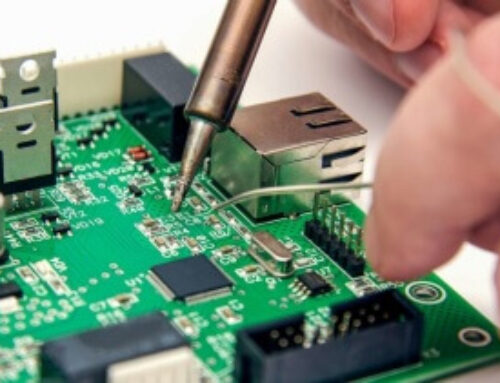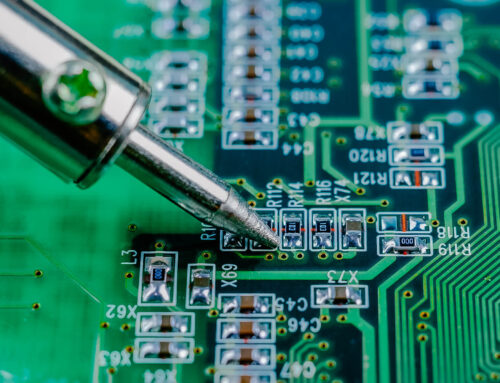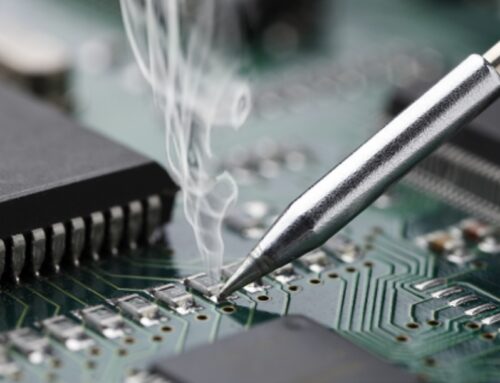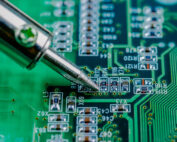Dual Inline Package (DIP)
This article introduces what is dual inline package(DIP) and what dip is used for and the workflow and technical application of DIP welding.

What Is a Dual Inline Package?
DIP is the abbreviation for dual inline package. It is a packaging form for integrated Circuits. ICs are
usually rectangular with parallel pins both on the left and right. Dual line packages can be soldered
directly to the PCB, or inserted into DIP
sockets. Dual in-line packages are widely used in car entertainment systems, controllers, switches, and
ICs.
Ceramic DIP and Plastic DIP are both available in dual-in-line packages.
What Does DIP Soldering Mean?
DIP soldering is also known as Dual In-Line Package Soldering. It’s a precision
connection technique in electronics manufacturing.
The PCB connects components with printed-circuit boards (PCBs), ensuring that they are reliable. PCBA
manufacturers perform the soldering in their PCBA factories. If you are looking to purchase a PCB
assembly or manufacturing, it is important to choose a reputable PCB manufacturer.
We are a PCB supplier and manufacturer. Our factories process PCBs and we offer a complete PCB assembly
solution. We can do everything about the PCB.
Dual In-Line Package Soldering Workflow
1) PCB Preparation
You prepare a PCB by drilling a series small holes into which you will insert the pins for the
electronic components. These holes can be sized and positioned according to the requirements of the
circuit to be designed.
2) Component Installation
The pins are then inserted by a PCB assembly machine or assembler into the holes on the PCB. To ensure
that the components are aligned correctly and inserted, this step requires high precision.
3) Welding
Soldering is the next stage after the components have been inserted onto the PCB. DIP soldering is done
with tin, or a tin-lead mixture. These solders are melted at a certain temperature, and then applied to
the pins and pads of electronic components.
4) Solidification and Cooling
The solder will cool down and solidify after soldering. This will firmly connect the electronic
components with the PCB. This ensures that the connection is strong and stable.
5) Inspections and Tests
The finished circuit boards are then subjected for quality testing and functional testing, to ensure
that the solder connections are reliable and of high quality. These tests include electrical testing,
temperature testing, visual inspection and other types of testing.
DIP Welding Technology Application
DIP technology is used widely in many areas, including:
Consumer electronics: The DIP soldering process is crucial in the manufacture of
consumer electronic products such as mobile phones, tablets, TVs and audio equipment.
Industry Automation: The industrial automation equipment needs many electronic
components and sensors, and DIP-welding ensures reliability.
Medical Equipment: medical equipment is subject to very strict requirements in terms of
accuracy and reliability. DIP welding plays a major role in medical equipment, such as diagnostic and
monitoring instruments.
Communications equipment: Telephones, mobile base stations and communication network
equipment requires DIP soldering for the connection of various packaged electronic components.
Automotive Electronics: Modern cars have a large number of electronic sensors and
control units. DIP welding is used to ensure their connection and improve the performance and safety.
Future Trends
Future DIP soldering technologies may evolve in the following directions.
Development in surface mount technology: Surface mounted technology (SMT), which has
been adopted by many, may replace DIP soldering for higher component density.
Smart Manufacturing and Automation: Automation will be used to improve the production
efficiency of DIP soldering.
Environmentally friendly solder: An increased awareness of environmental issues will
encourage the development of environmentally friendly solder.
Improvements in high-density technology: In order to adapt to the miniaturized
electronic components, PCB design and DIP soldering technologies may continue to be improved to meet
high-density technology.
Circuit board manufacturing: The 3D-printing technology can be used to provide greater
design flexibility.
Summary
DIP soldering, in conclusion, is an important technology for electronic manufacturing. It provides
reliable connections to various electronic devices.
DIP soldering will continue to evolve to meet the changing needs of the market and to enhance
performance and reliability.







